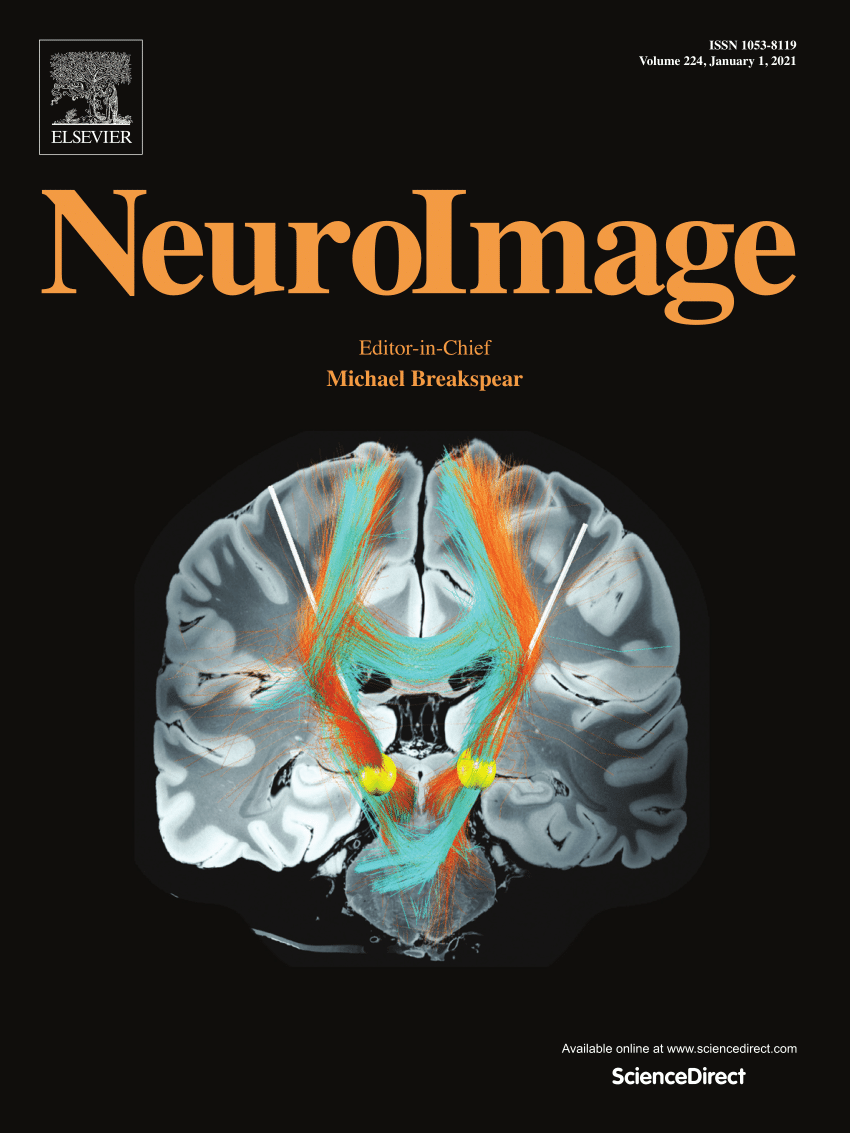Towards automatic US-MR fetal brain image registration with learning-based methods
IF 4.7
2区 医学
Q1 NEUROIMAGING
引用次数: 0
Abstract
Fetal brain imaging is essential for prenatal care, with ultrasound (US) and magnetic resonance imaging (MRI) providing complementary strengths. While MRI has superior soft tissue contrast, US offers portable and inexpensive screening of neurological abnormalities. Despite the great potential synergy of combined fetal brain US and MR imaging to enhance diagnostic accuracy, little effort has been made to integrate these modalities. An essential step towards this integration is accurate automatic spatial alignment, which is technically very challenging due to the inherent differences in contrast and modality-specific imaging artifacts. In this work, we present a novel atlas-assisted multi-task learning technique to address this problem. Instead of training the registration model solely with intra-subject US-MR image pairs, our approach enables the network to also learn from domain-specific image-to-atlas registration tasks. This leads to an end-to-end multi-task learning framework with superior registration performance. Our proposed method was validated using a dataset of same-day intra-subject 3D US-MR image pairs. The results show that our method outperforms conventional optimization-based methods and recent learning-based techniques for rigid image registration. Specifically, the average target registration error for our method is less than 4 mm, which is significantly better than existing methods. Extensive experiments have also shown that our method has a much wider capture range and is robust to brain abnormalities. Given these advantages over existing techniques, our method is more suitable for deployment in clinical workflows and may contribute to streamlined multimodal imaging pipelines for fetal brain assessment.
利用基于学习的方法实现 US-MR 胎儿脑图像自动配准。
本文章由计算机程序翻译,如有差异,请以英文原文为准。
求助全文
约1分钟内获得全文
求助全文
来源期刊

NeuroImage
医学-核医学
CiteScore
11.30
自引率
10.50%
发文量
809
审稿时长
63 days
期刊介绍:
NeuroImage, a Journal of Brain Function provides a vehicle for communicating important advances in acquiring, analyzing, and modelling neuroimaging data and in applying these techniques to the study of structure-function and brain-behavior relationships. Though the emphasis is on the macroscopic level of human brain organization, meso-and microscopic neuroimaging across all species will be considered if informative for understanding the aforementioned relationships.
 求助内容:
求助内容: 应助结果提醒方式:
应助结果提醒方式:


